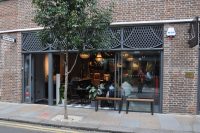 Welcome to today’s Saturday Supplement. Most of you will know that I write a feature for Caffeine Magazine, where I go around the country, checking out the coffee scene in various towns and cities. I know, it’s a hard job, but someone’s got to do it. What’s perhaps less known is that I also write a monthly column for the on-line publication, Caffè Culture Connect.
Welcome to today’s Saturday Supplement. Most of you will know that I write a feature for Caffeine Magazine, where I go around the country, checking out the coffee scene in various towns and cities. I know, it’s a hard job, but someone’s got to do it. What’s perhaps less known is that I also write a monthly column for the on-line publication, Caffè Culture Connect.
I’m rather proud of this one, actually. I’m given a free hand by Caffè Culture Connect, the only brief being to write about what I think makes for a good coffee shop, using one of my Coffee Spots to illustrate my point. This gives me the scope write about aspects of the coffee industry that I don’t really cover on the Coffee Spot, although there is quite a bit of overlap. I’d encourage you to take a look, hence this Saturday Supplement, which provides a summary of all my articles, plus links to the originals over on Caffè Culture Connect. You can also click on any of the pictures in the gallery which will take you to the relevant article.
So far there are eleven articles, which you can find after the gallery, with the latest first.
In my latest article, I look at the problems with naming coffee. What’s cappuccino? Compared to a flat white? Or a latte? However, there is an alternative, and that’s to simply describe the size of the coffee and the amount of milk. It might not be for everyone, but it brings a lot of clarity. My example is Cambridge’s Hot Numbers on Gwydir Street, one of the pioneers of this movement.
Check out the full article on Caffè Culture Connect.
I present the counterpoint to the rise of automation by going back to the basics: what counts is consistently making good coffee, not how you make it. While there is a role of automation, it mustn’t become an end in itself. To illustrate my point, I use the example of Strangers Coffee House in Norwich, where I’ve been served some of the best espressos I’ve ever tasted.
Head over to Caffè Culture Connect to read the full article.
Following up on my short series on filter coffee, where I looked at the role of automation in hand-poured filter coffee, this time I use the example of London’s MacIntyre Coffee to look at developments in the technology of the espresso machine, in particular the rise of modular espresso systems such as the Modbar. These replace the bulk of the espresso machine with a beneath-the-counter series of modules, leaving just the group head rising from the counter-top. I explore the benefits that this brings to the service-side of the coffee industry and how it can help reconnect the barista to the customer.
You can read the full article over on Caffè Culture Connect.
The last in a series of three, where I look at the rise of the filter coffee, and in particular, hand-poured filter coffee. In this article, where I use London’s Modern Society on Redchurch Street as an example, I look at the benefits offered by automated pour-over machines, such as the new Modbar and its pour-over module. Automated systems offer consistency and, from a business perspective, free up the barista from the time-consuming task of making coffee by hand, without losing the individual aspect that appeals to many, myself included.
Check out the full article on Caffè Culture Connect.
This was the second of three articles on hand-poured filter coffee, something which I am passionate about. This article carried on the themes from the first in series, using the example of Swindon’s Baila Coffee & Vinyl to illustrate my point. Baila serves its filter coffee using the Clever Dripper, where the action actually takes place on the customer’s table. I also talked about other approaches to time-consuming business of making hand-poured filter coffee, which naturally led into my third article.
Head over to Caffè Culture Connect to read the full article.
This was the first of three articles on hand-poured filter coffee, something which I am passionate about. If done well, I feel it really brings the spectacle of making coffee to the customer and can play a vital role in helping people make better coffee. I, for example, learnt pretty much all I know about making pour-over coffee from sitting at various counters and brew-bars around the country, asking the baristas annoying questions about how they were making my coffee. I illustrated this with my experience at Origin and it’s flagship London store on Charlotte Road.
You can read the full article over on Caffè Culture Connect.
Number 35 Coffeehouse and Kitchen
In this article, I extol the virtues of the multi-roaster coffee shop, using Dorchester’s Number 35 Coffeehouse and Kitchen as my example (although I could have picked any number of coffee shops from around the country). I went for Number 35 largely because Dorchester is not necessarily where you’d expect to find a cutting edge, multi-roaster coffee shop. A mutli-roaster, by the way, at least as I define it, is a coffee shop which uses coffee from several roasters and which changes the coffee on offer on a regular basis.
Check out the full article on Caffè Culture Connect to see what I’m on about.
Quarterhorse Coffee, Birmingham
The concept of the coffee shop/roaster is one which is very common in the US, but not so much in the UK. Some of the best known names in London started life as coffee shops/roasters (Allpress, Caravan, Nude, Ozone and Workshop all spring to mind), but I decided to use, as my example, Birmingham’s Quarterhorse Coffee Roasters, partly because it’s an excellent example of how to combine a roastery and cafe in a single space without either part of the business getting in the way of the other.
Head over to Caffè Culture Connect to read the full article, where you can see what I mean.
For this, my third article for Caffè Culture Connect, I took a look at service in coffee shops. To illustrate my point, I headed over to the USA, to Seattle to be precise, where I argued, with the help of the lovely folk at Slate Coffee Roasters, that speciality coffee deserves speciality service. This means, to my mind, that at the very least, your coffee should be brought to your table. Sadly, there are far too many places, particularly in the US, which think that making your hang about by the coffee machine to collect your coffee (when you’re drinking in) is acceptable practice…
You can read the full article over on Caffè Culture Connect.
For my second ever Caffè Culture Connect article, I looked at the vitally important aspect of the coffee business, getting the customers in through the door in the first place. This all came about after a discussion with Andrew Tolley of the Taylor Street Baristas chain, who said something very simple and, at the same time, very profound: you can serve the best coffee in the world, but if you don’t get customers in through the door to buy it, you’re wasting your time. To illustrate this, I used the Brighton branch of Taylor Street Baristas, which, since I wrote the article, has sadly closed (although this was more to do with Taylor Street focusing its efforts on London and the US rather than a lack of customers).
Check out the full article on Caffè Culture Connect.
As this was my first Caffè Culture Connect article, I thought I should start at the top, using one of the UK’s best coffee shops, Bath’s Colonna & Small’s, as my example. Introducing a topic that I have returned to several times since, I talked about something very close to my heart, customer service. Specifically I discussed the way that the baristas at Colonna & Small’s were able to engage with customers at all levels. From the coffee geek who wants to talk varietals and the altitude the coffee was grown at, to the family who have wandered in and just “want a cup of coffee”, they can talk to them all.
Head over to Caffè Culture Connect to read the full article and find out why it’s so important.
If you liked this post, please let me know by clicking the “Like” button. If you have a WordPress account and you don’t mind everyone knowing that you liked this post, you can use the “Like this” button right at the bottom instead. [bawlu_buttons]
Don’t forget that you can share this post with your friends using buttons below.

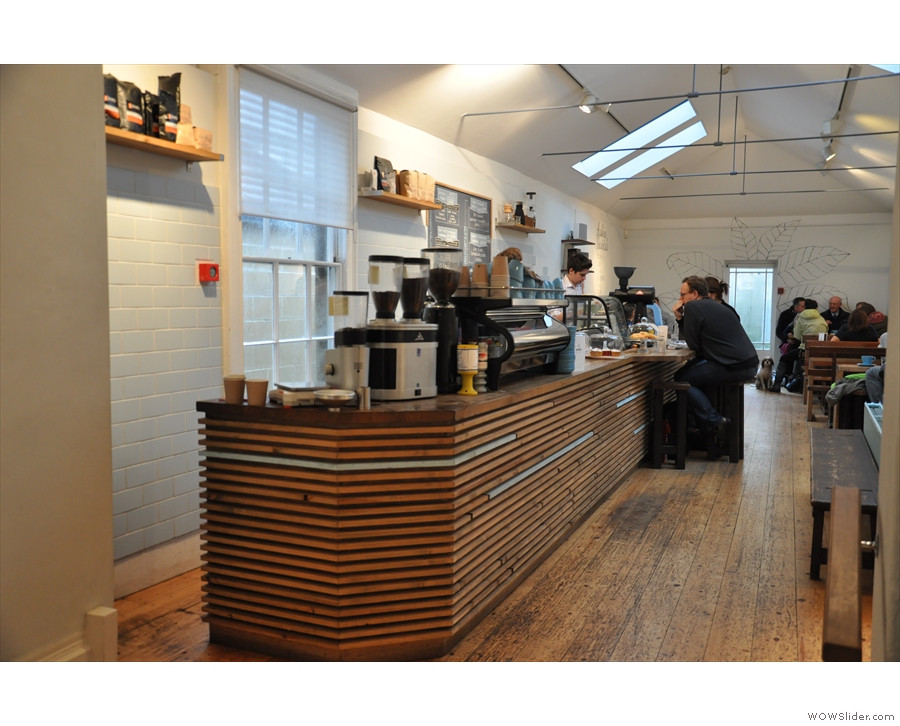
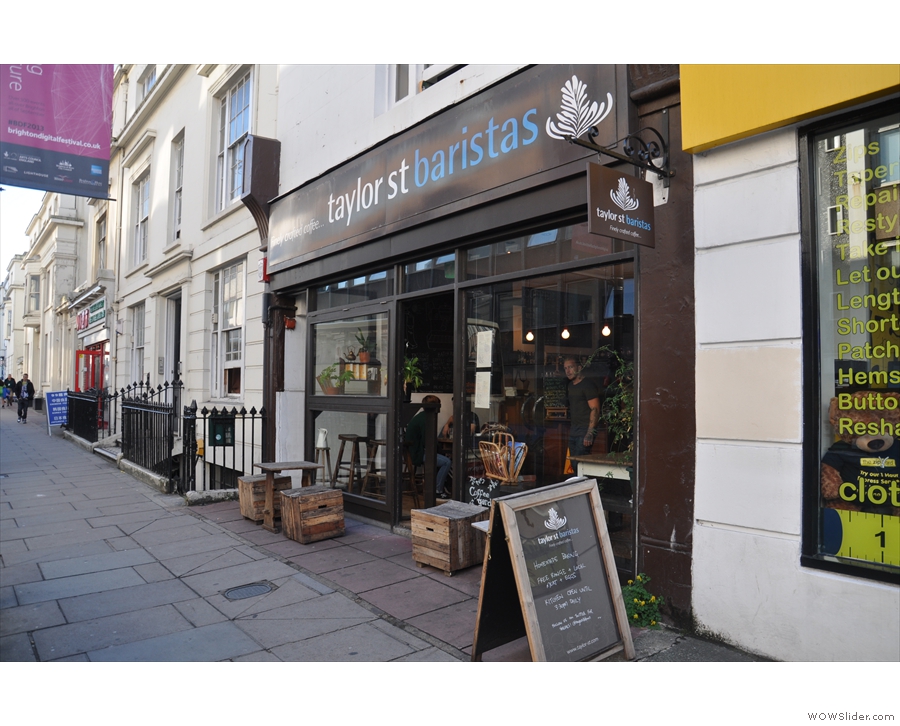
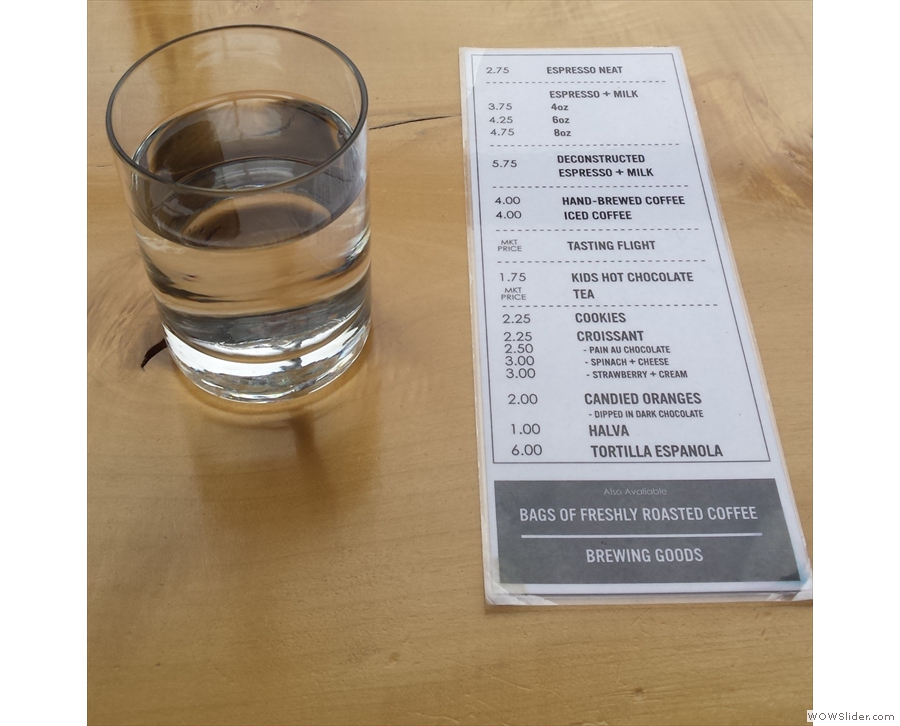
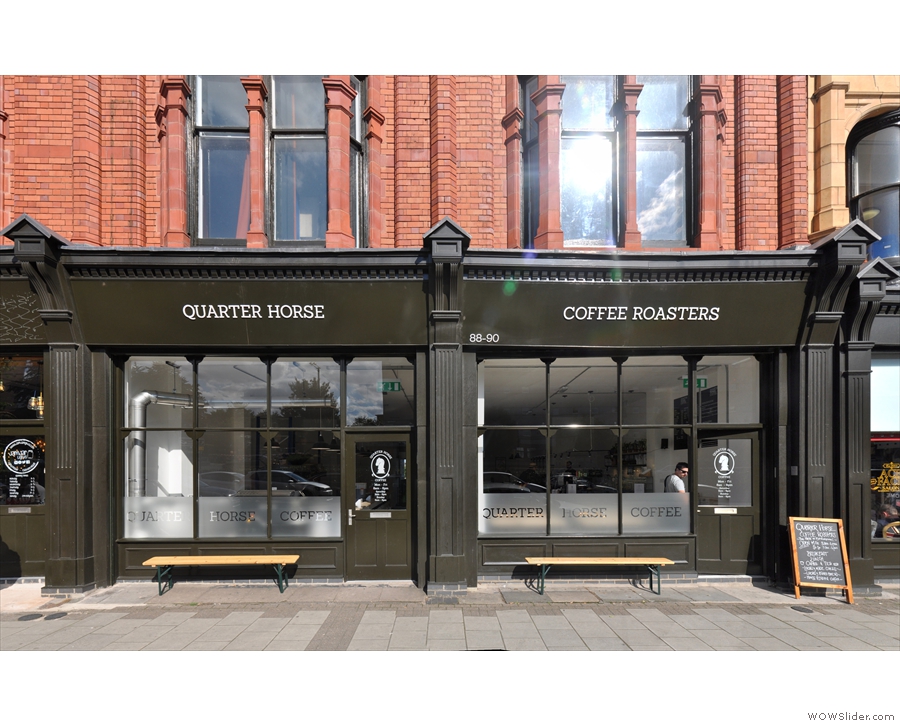
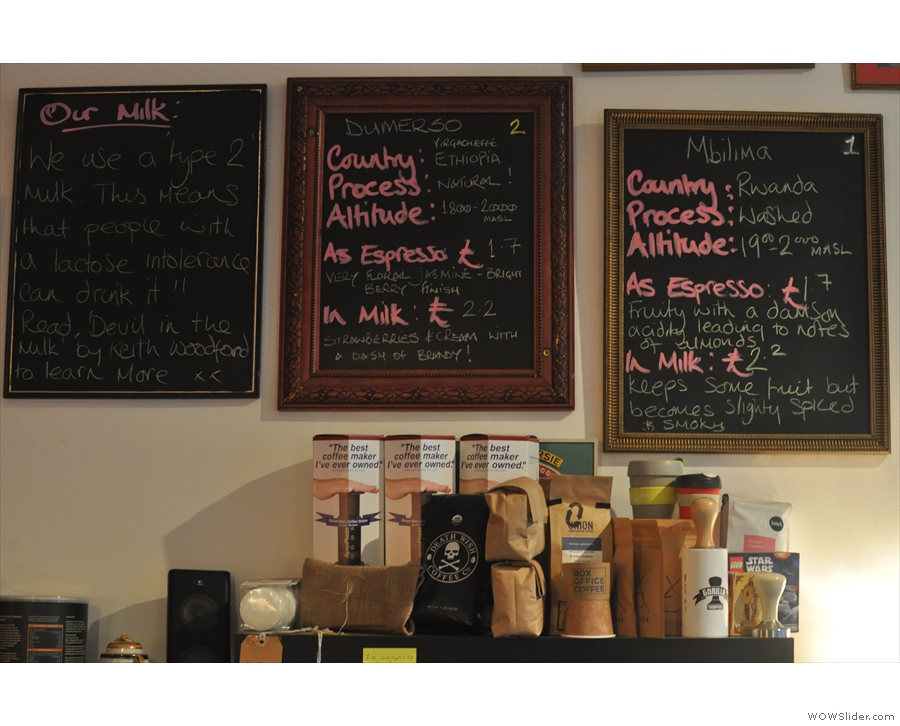
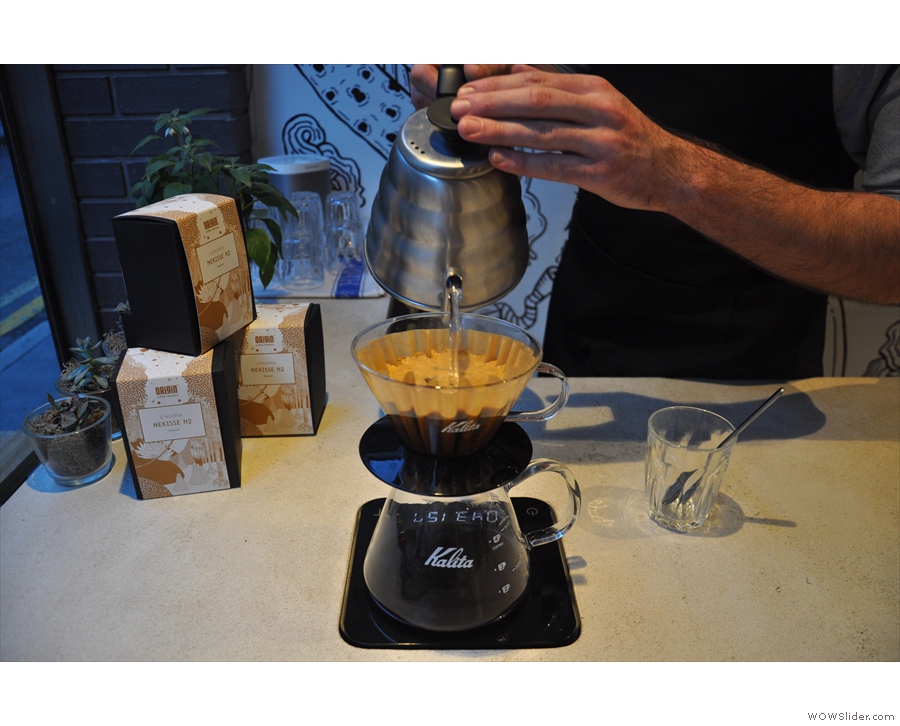
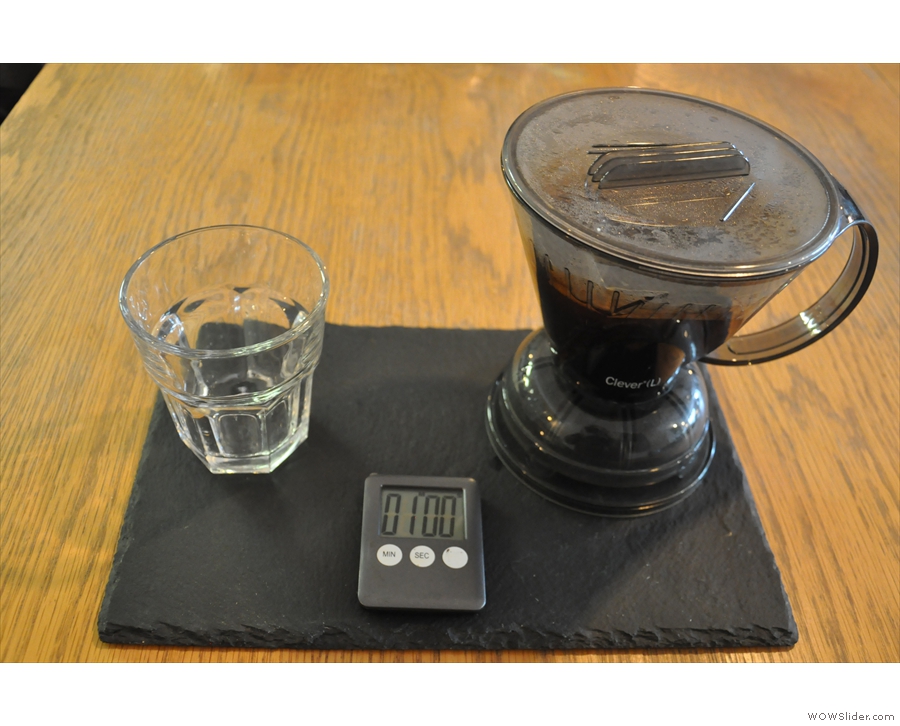
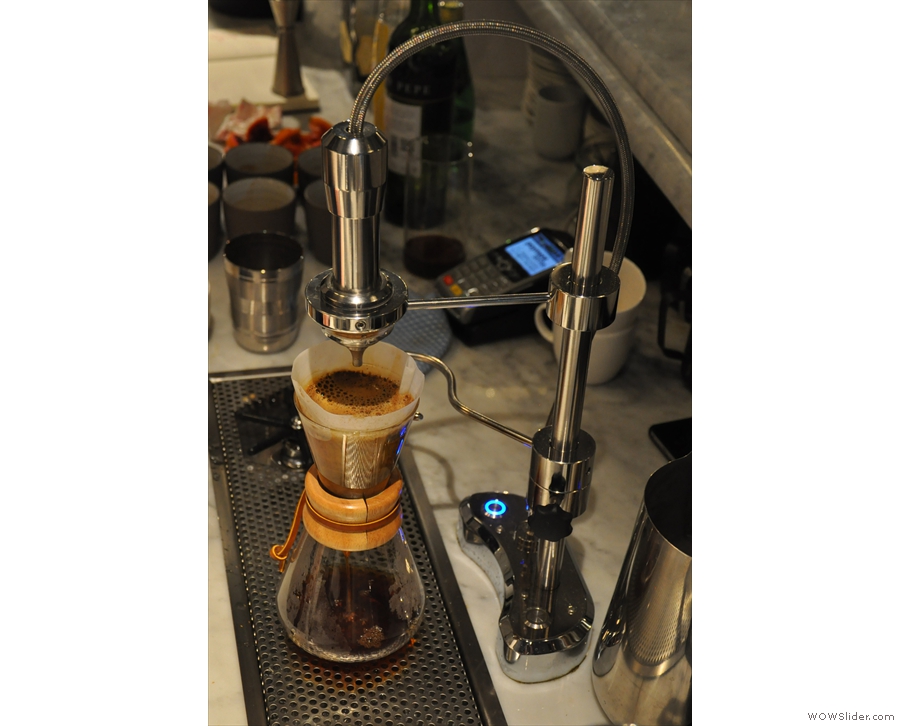
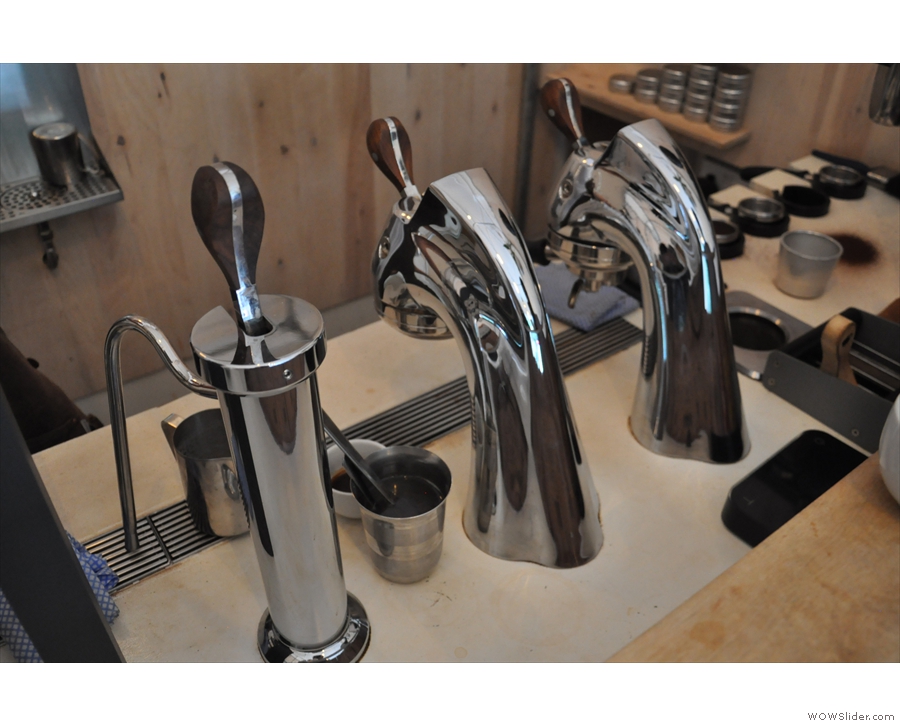
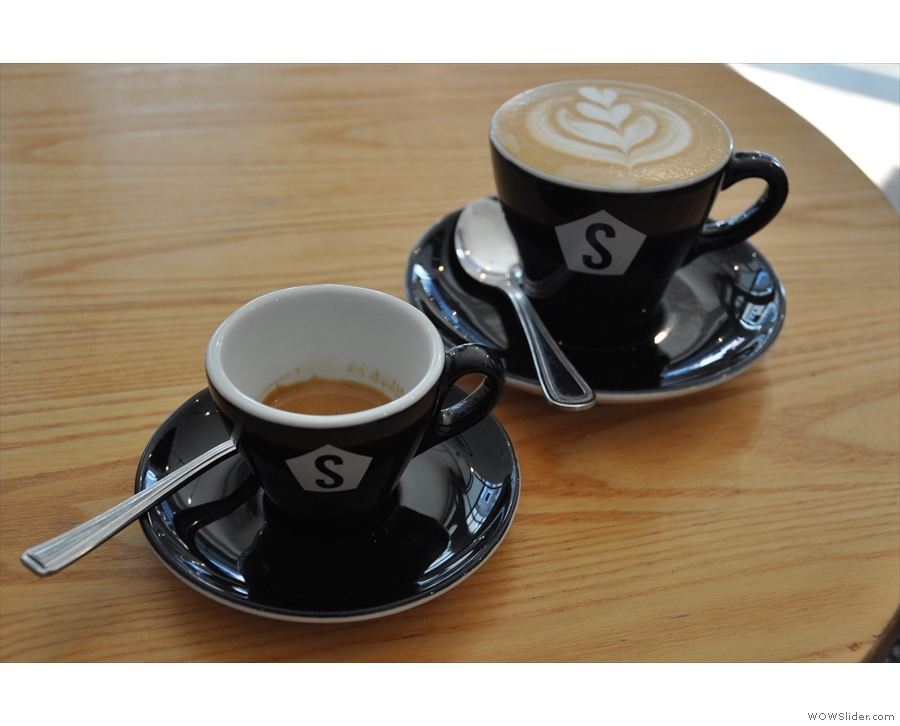
 1
1 2
2 3
3 4
4 5
5 6
6 7
7 8
8 9
9 10
10